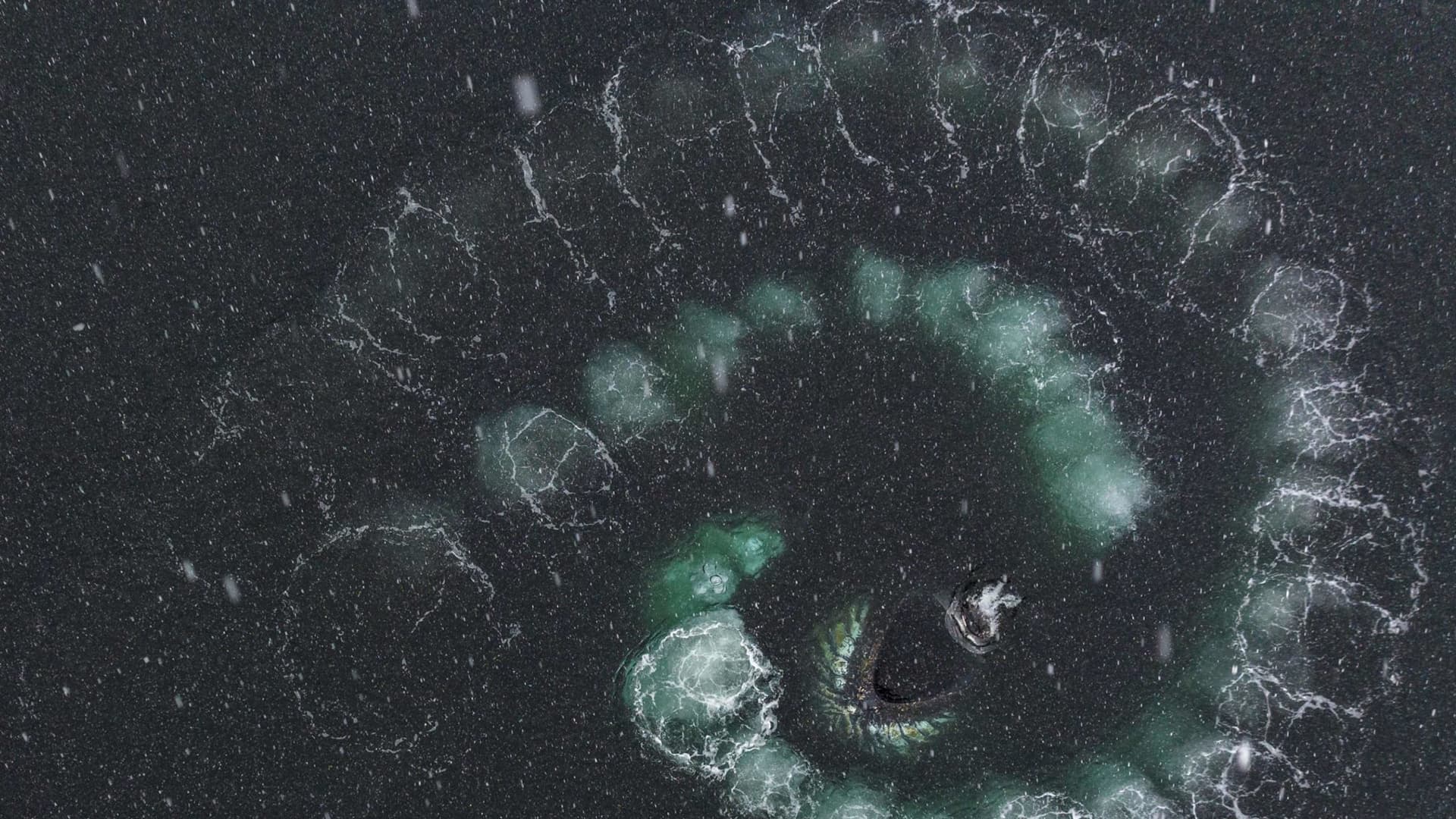Expedition yachts provide front-row seats to some of nature’s most awe-inspiring displays, allowing guests to travel to far flung destinations where the natural world operates outside of the bounds of everyday life.
From volcanic eruptions to glacial calvings, these phenomena are reminders of the power and wonder of our wild landscapes. In the productive waters of the high latitudes, humpback whales showcase a striking glimpse into the complexity and beauty of animal behavior through the coordinated art of bubble net feeding.
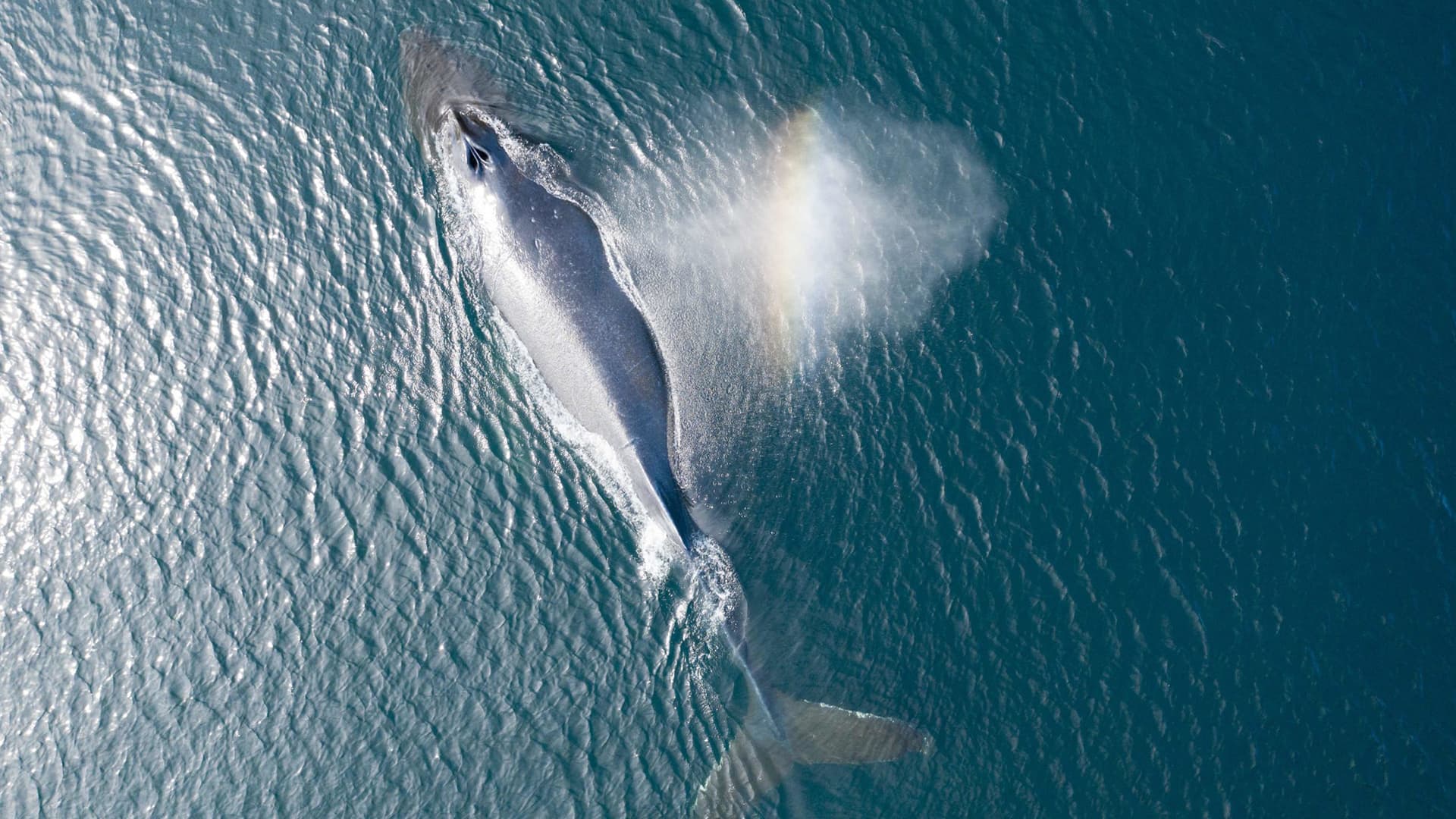
Picture this: you’re sailing off the coast of Southeast Alaska or in the rich waters of the Antarctic, and suddenly, a swirling, geometric pattern of bubbles quietly emerges from the water below. Gulls begin to flock above just as the silence is broken by a crash at the surface. A group of humpback whales burst through the water with mouths wide open, gulping water as small fish try to escape from their mouths. The trumpeting sounds of the whales’ blows fill the air as they sieve the water and prepare to do it all over again. This spectacle is no coincidence; it’s a highly coordinated effort these intelligent animals use to secure a feast.
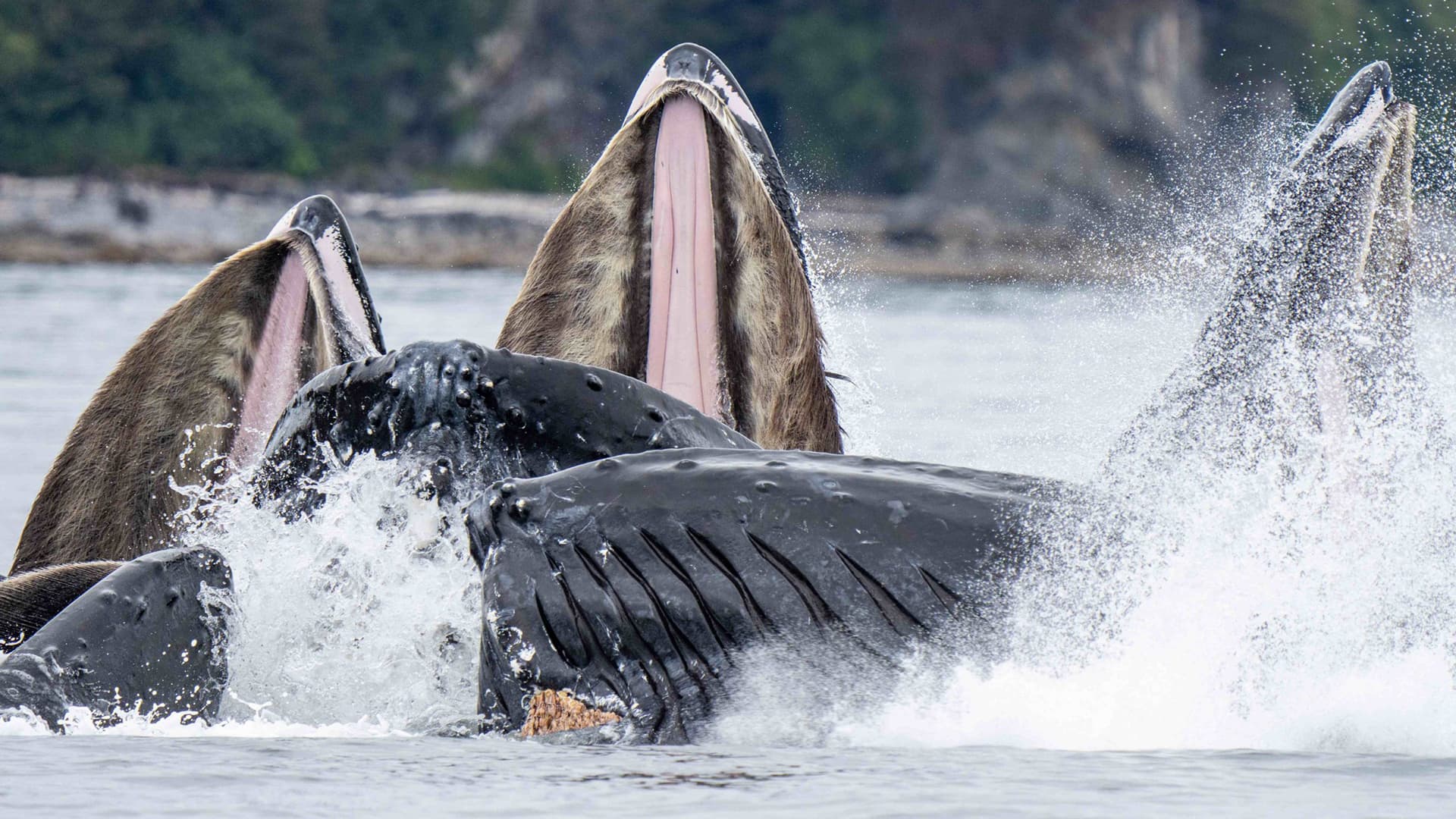
The Art of Bubble Netting
Bubble net feeding is a sophisticated hunting technique practiced by specific groups of humpback whales in only a few locations around the world, like Alaska, Antarctica, Iceland, and Norway. There, scientists have observed groups of anywhere from 2 to 20+ whales working together in synchrony to corral and capture prey such as krill and herring. The process begins with a leader whale, typically identified by its distinct behavior and vocalizations, initiating the feeding ritual. The leader dives beneath a school of prey, releasing a continuous stream of bubbles in a cylindrical pattern rising from depths below the prey. These bubbles create a ‘net’ that confuses and confines the prey within a concentrated area. Panicked by the eerie sound and the blinding bubbles, the fish won’t cross this fizzing curtain. The whales then vocalize from below, pushing the fish to the surface where they trap them in their mouths and filter the water through their sieve-like baleen plates. In the long days of the high latitude summers, the whales will repeat this over and over for hours on end, feeding continuously before their long winter migrations.
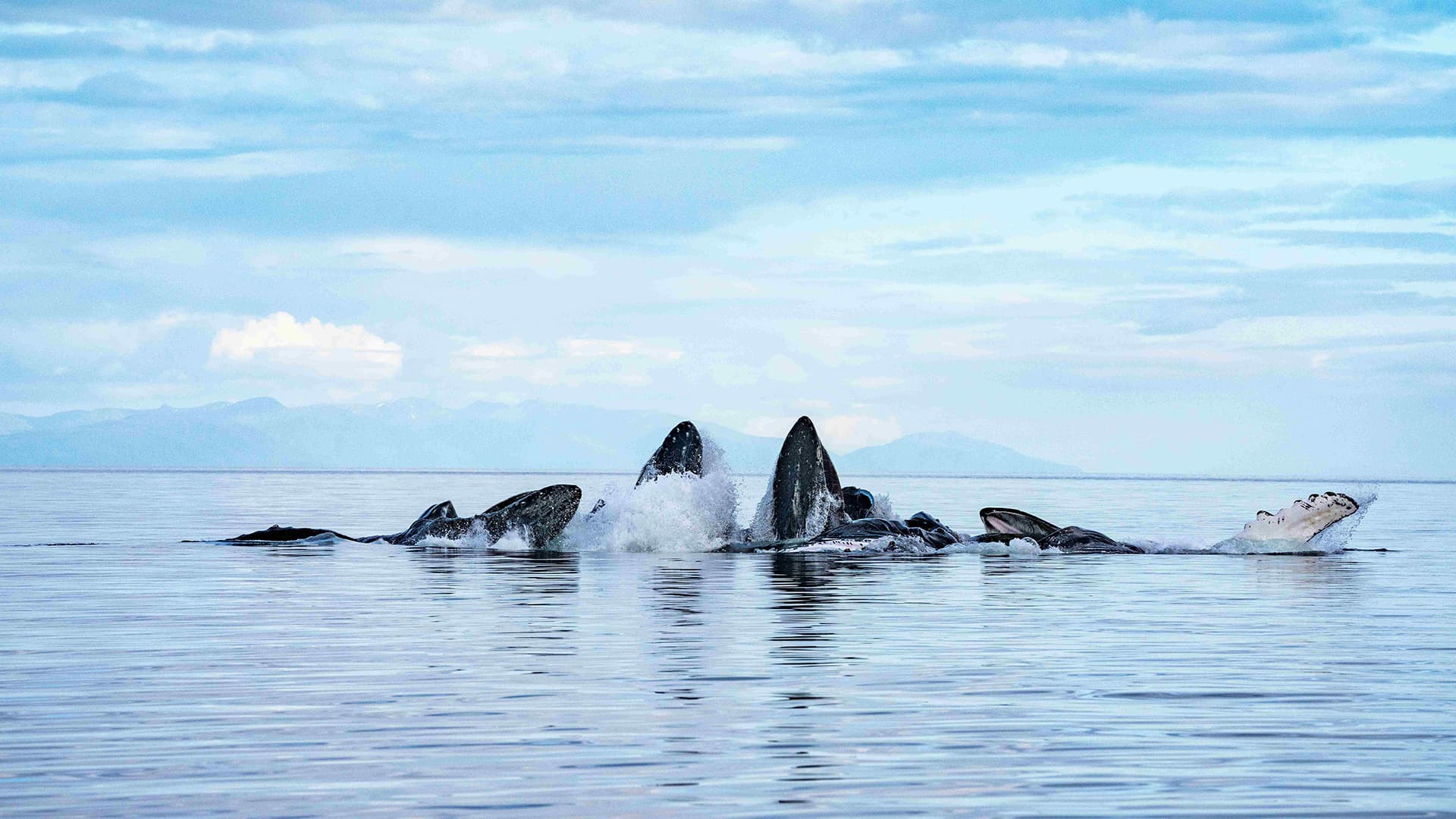
The Science Behind the Spectacle
The collective effort and precision required by the whales makes this method truly extraordinary. Scientists have extensively studied this behavior to understand its social biology and its mechanics. Hydrophone recordings have captured the intricate communication between whales, indicating a complex system of signals that coordinate their actions. It’s believed that these underwater signals help synchronize the timing of their movements, ensuring maximum efficiency during the hunt. Evidence also suggests that this behavior might be learned and transmitted culturally among whale populations. Young whales learn these hunting techniques from the older, experienced whales. The transmission of this hunting strategy represents a form of cultural knowledge sharing, much like how tool use is passed down among certain animal populations.
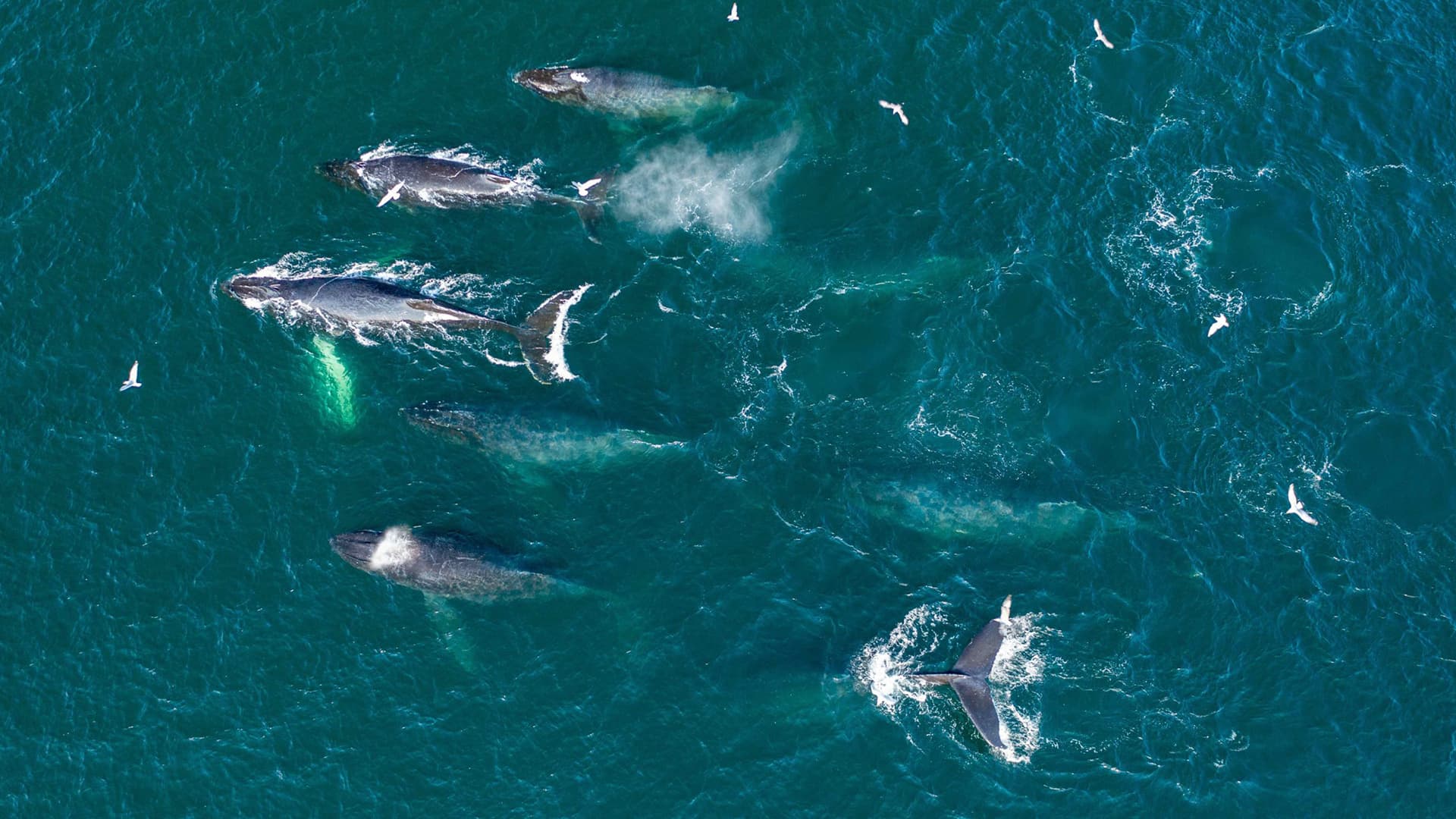
An Unforgettable Sight
The bubble net-feeding spectacle is not just a display of skillful hunting but also a testament to the social bonds and intelligence of these marine giants. It requires cooperation, communication, and a deep level of understanding among the whales involved. Witnessing this natural phenomenon is a privilege reserved for a lucky few who venture into the whales’ remote habitats. It is a sight unlike any other and serves as a reminder of the marvels that exist beyond the shorelines and the intricate ecosystems that thrive beneath the ocean’s surface.
